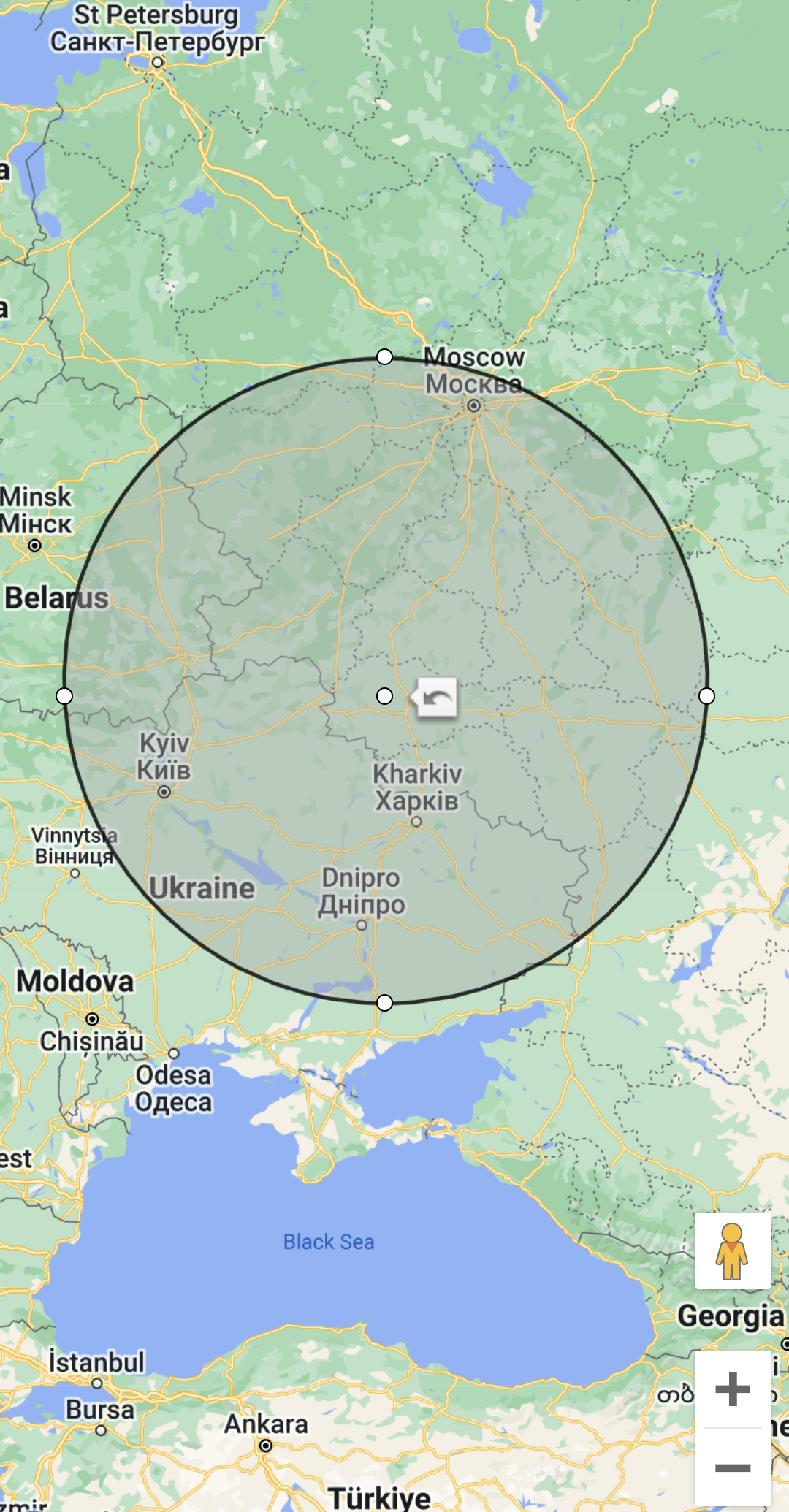My exposure to Linux is pretty minimal, especially Linux with a GUI, so forgive my ignorance. Even reading over this thread I'm confused as to the issue here.
I don't need an ELI5, but maybe someone can explain it like I don't know what Wayland is?
My understanding is that an app should ask the system to display an object at X size, let's say text at size 14. The system then works out that at the currently selected display resolution, size 14 will be Y pixels big. If needed, the system can scale that based on user preferences- a small, high DPI screen could render size 14 at only a couple of millimetres, for example.
Is the problem that devs are building things in a way that bypasses scaling? For example, hardcoding size 14 text to be Z pixels high?

Tom's Diner.